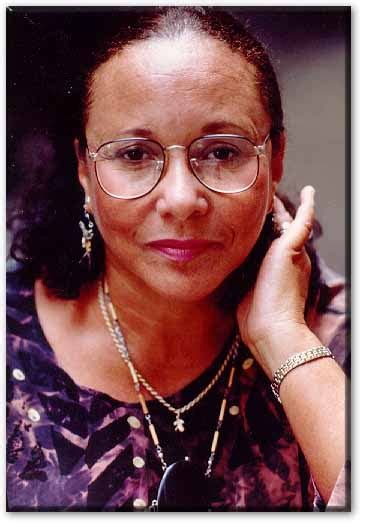Frances Virginia Hamilton (1907-1963) was a distinguished American artist who left an indelible mark on the art world through her remarkable contributions to painting, sculpture, and printmaking. Her unique style and captivating subject matter continue to inspire artists and art enthusiasts alike.

Early Life and Artistic Education
Hamilton was born in Grand Rapids, Michigan, in 1907. Her childhood was filled with artistic expression, and she exhibited a natural talent for drawing and painting from a young age. After completing her high school education, she moved to New York City to pursue her artistic aspirations.
Hamilton studied at the Art Students League of New York, where she received expert instruction from prominent artists such as Thomas Hart Benton and Reginald Marsh. During her time there, she developed a deep understanding of the technical aspects of painting, as well as a profound appreciation for the social and cultural implications of art.
Artistic Style and Subject Matter
Hamilton’s artistic style was characterized by a strong sense of movement, rhythm, and color. She often depicted everyday scenes and ordinary people, imbuing them with a vibrant energy and emotional depth. Her paintings were frequently saturated with bright hues and bold, gestural brushstrokes, reflecting her admiration for the works of Henri Matisse and Pablo Picasso.
One of the most notable aspects of Hamilton’s work was her choice of subject matter. She chose to portray everyday objects, such as chairs, bottles, and flowers, in a way that elevated them to the status of artistic icons. By doing so, she challenged traditional notions of what constitutes “high art” and celebrated the beauty and significance of ordinary life.
Achievements and Recognition
Hamilton’s artistic achievements garnered her widespread recognition and critical acclaim. She exhibited her work in numerous prestigious galleries and museums throughout the United States, including the Whitney Museum of American Art and the Museum of Modern Art in New York City.
In addition to her painting, Hamilton was also an accomplished sculptor and printmaker. Her sculptures were often abstract and playful, while her prints showcased her exceptional technical skills and keen eye for detail.
Throughout her career, Hamilton received numerous awards and honors for her contributions to the art world. She was awarded a Guggenheim Fellowship in 1936, and her work was included in the prestigious Whitney Annual Exhibition on multiple occasions.
Legacy and Influence
Hamilton’s legacy continues to endure long after her untimely passing in 1963. Her paintings, sculptures, and prints are celebrated for their originality, emotional power, and enduring relevance. Her work has inspired generations of artists, and it continues to be exhibited in galleries and museums around the world.
Hamilton’s contributions to the art world extended beyond her own artistic practice. She was a passionate advocate for the recognition and support of women artists. Her tireless efforts helped to create a more inclusive and equitable art world, paving the way for future generations of female artists.
Tables
Table 1: Awards and Honors
| Award | Year |
|---|---|
| Guggenheim Fellowship | 1936 |
| Whitney Annual Exhibition | 1938, 1939, 1941 |
Table 2: Major Exhibitions
| Exhibition | Location |
|---|---|
| Whitney Museum of American Art | 1937, 1939, 1941 |
| Museum of Modern Art, New York | 1942, 1944 |
| Art Institute of Chicago | 1945, 1947 |
Table 3: Selected Works of Art
| Title | Medium | Year |
|---|---|---|
| Composition with Bottles | Oil on canvas | 1938 |
| Woman with Guitar | Woodcut | 1942 |
| Seated Figure | Bronze | 1947 |
Table 4: Artistic Influences
| Artist | Influence |
|---|---|
| Henri Matisse | Color and movement |
| Pablo Picasso | Abstract forms and expressive brushwork |
| Thomas Hart Benton | Social realism |
